Splendid Isolation?

By Richard Milner
Staff Writer
23/1/2020

Exceptional. That’s how Japan sees itself. Pristine in its isolation, unfathomable to outsiders, monoracial, monoethnic, monocultural. During the xenophobic Edo period (1603–1868), popular discourse and literature reflected a desire to distinguish Japan from its neighbors (particularly China). Nationalists pointed to the country’s geographical isolation as evidence of its singularity. Confucian astronomer Nishikawa Joken (1648-1724) pointed to Japan’s climate, which he claimed to be the best in the world, as proof of heaven’s favor. Then, of course, there was the myth propagated during the Meiji Restoration (1868) that all Japanese people, and the emperor in particular, were descended from the sun goddess, Amaterasu. The divinity of the emperor helped fuel a sense of invincibility in war.
When Japan was forced out of its isolation during the Meiji Era (1868–1912) and rapidly Westernized, its sense of national pride suffered. Its defeat during WWII and the subsequent neutering of the imperial house shattered its illusions of invincibility. Through the post-war era, as the country evolved into a tech giant and the second largest economy in the world from 1978-2010, however, the country’s sense of self took a revised form. Right-wing politicians like Yasuhiro Nakasone, Japan’s prime minister from 1982–1987, was a strong proponent of Japanese exceptionalism and its position as the natural leader of Asia. Since the recession of the 1990s, as the country’s economic and technological power slowly flagged, that revised identity itself has come under pressure. And, at present, Japan wrestles with its sense of self – which depends on separation and distinctiveness – in an era of globalization.
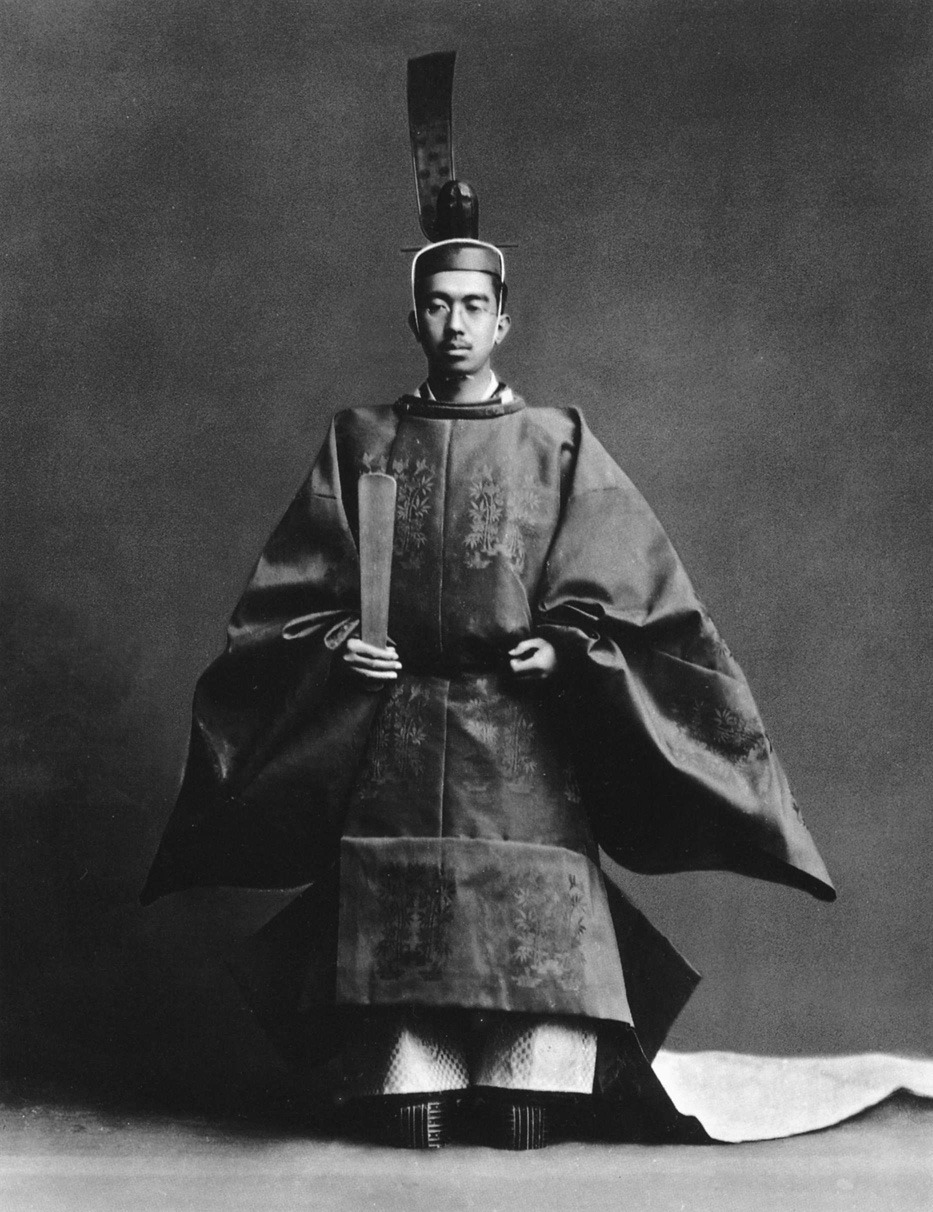
Hirohito, Emperor of Japan during WWII
But what does it mean to be Japanese? How can we define Japaneseness?
These questions have generated endless debate and countless academic treatises, both inside and outside Japan. The subject even constitutes its own field of study – nihonjinron (theory of the Japanese), which explores Japanese self-identity, what it is that makes Japan unique, strange, or special.
Western approaches to nihonjinron often define the country in terms of characteristics that are true on the surface, but tend to be reductionist, Orientalist, and predictable: Japan is a group-based and interdependent society, whilst the West is individualistic; Japan is rigidly hierarchical, whilst the West strives for equality; Japan is culturally homogenous, whilst the West is multicultural.
But if foreigners tend to mystify Japan, Japan also tends to mystify itself. A common Japanese belief is that it’s impossible to comprehend what it is to be Japanese unless you were born and raised Japanese.
If foreigners tend to mystify Japan, Japan also tends to mystify itself.
It’s not simply a matter of nationality, though. It extends to race and ethnicity, as well. Children who are born hafu (part-Japanese, borrowed somewhat pejoratively from the English “half”) in Japan face prejudicial treatment their entire lives. Even multiracial celebrities like Ariana Mamiko Miyamoto, Miss Universe Japan 2015, have been accused of not being “pure Japanese.” In other words, “Japanese” is not only a nationality, it’s also a race.

Ariana Mamiko Miyamoto, viewed by some as not being “pure Japanese”
Try telling a Japanese that race, ethnicity, and nationality are separate concepts, and you’ll likely be met with head scratching (unless he’s well-traveled). The typical scapegoat for such a lack of understanding is a naivety regarding other cultures: we are a separate island nation, we don’t have much contact with others, we don’t have a lot of time to travel, we don’t speak English, and we can’t communicate abroad. We can’t understand foreigners, and they can’t understand us. It’s impossible. We’re simply too different.
This pervasive attitude colors every interaction that a Japanese person has with foreigners, and so reinforces the sense of separateness. Restaurateurs will automatically give foreign-looking customers a fork and spoon rather than chopsticks, and will be shocked if the customers ask for the latter. Japanese businesses bemoan, rather than try to solve, the difficulties of negotiating deals with those from different cultures. News outlets repeatedly report problems that visitors cause because of a lack of awareness of customs that are not explicitly stated. And because of an extreme cultural diffidence, no one will call out the transgressors on the spot – only after the fact. There is confusion and misunderstanding on both sides, and so the narrative of “incomprehensible Japan” persists.
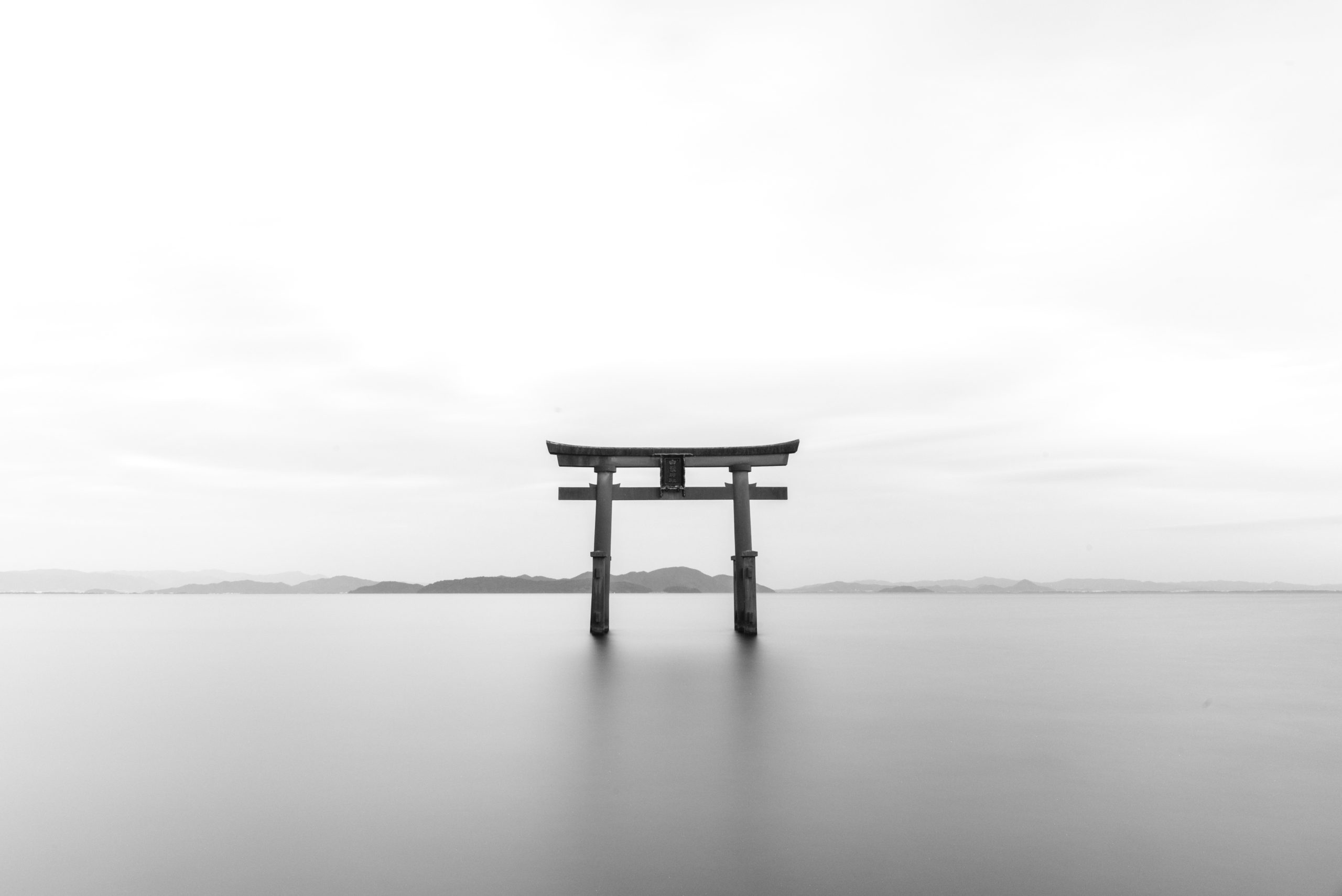
But how singular is Japan, really?
Linguists have cited the peculiarities of its language, including its vagueness (subjects or objects are often totally dropped from statements), the deeply contextual nature of its everyday use, and its odd predicate placement (verbs come at the end of sentences). Theories like the Sapir–Whorf Hypothesis suggest this results in a wholly unique cognitive framework that separates the Japanese mind from that of others’.
Many key elements of Japan’s culture have of course been borrowed and adapted from other countries. Japan adapted Chinese characters into its written language around the 5th century, 700 years after their development in mainland China. Buddhism was incorporated in similar fashion around the same century, coming to Japan from India, by way of China. In Japan, it blended with native animistic Shinto and cultural beliefs, transforming from Mahayana Buddhism into what is called Zen Buddhism. Traditional ukiyo-e (Japanese woodblock art) arose in the 1700s through exchanges with Dutch traders. Karate, perhaps the most distinguishable of Japanese martial arts, was derived from kung fu through the Ryuku Kingdom (modern day Okinawa), a separate nation and vassal of China from the 1300s until 1872, when it was annexed by the Japanese Meiji government. Even commonplace Japanese food like ramen and gyoza originated from China.
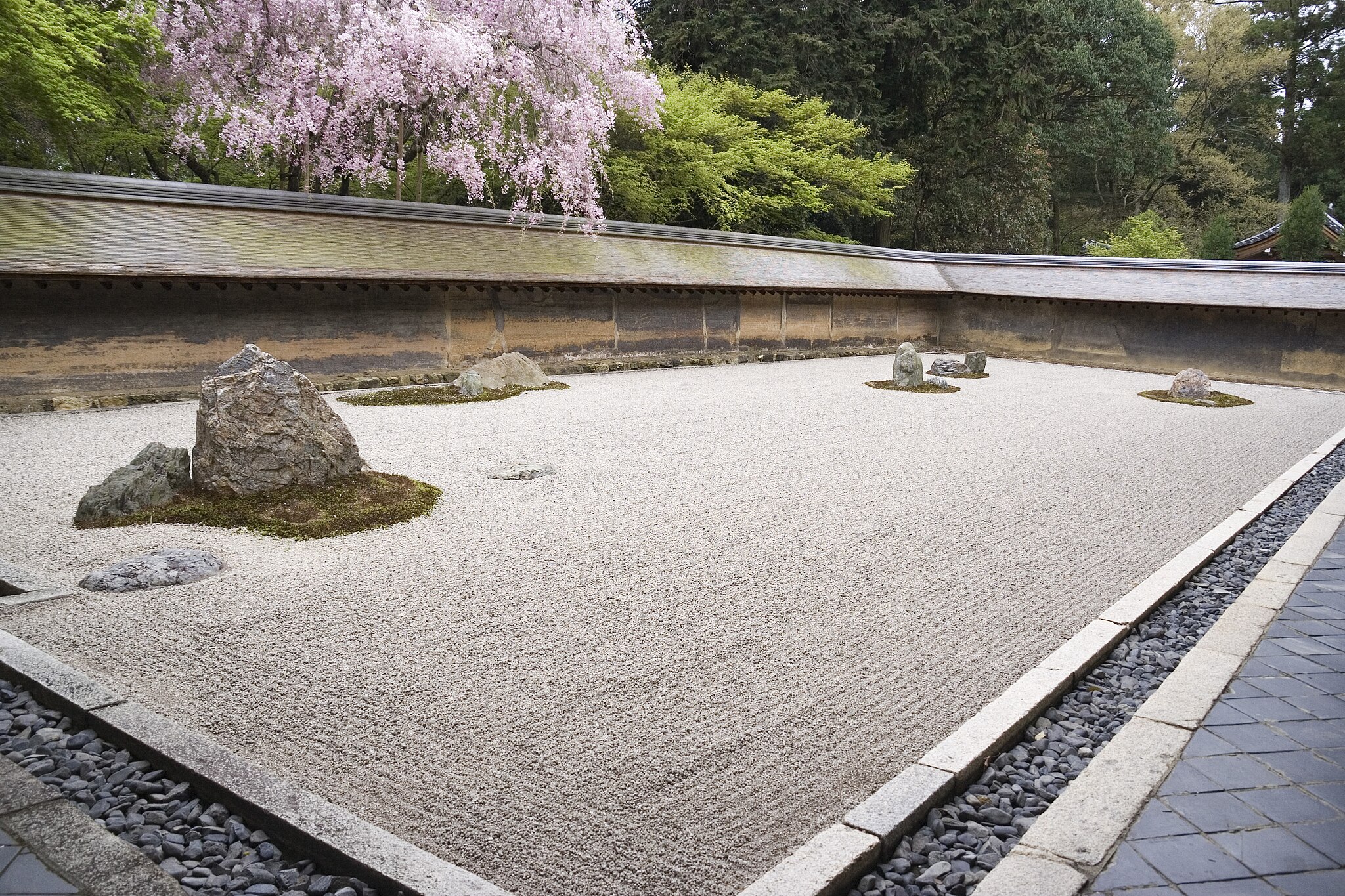
Ryoan-ji, Zen Buddhist temple in Kyoto (Picture Credit: Cquest)
Yet, this might not undermine Japan’s claim to singularity. After all, in each of the aforementioned instances, Japan absorbed elements from other cultures and made them distinctly Japanese. Each element, it is believed, can be improved and is part of an ongoing process of iteration and perfection known as kaizen. If kaizen is the method of change, then wabi-sabi is the form the method takes. The Japanese sensibility is heavily influenced by wabi-sabi, a notion of beauty derived from impermanence. The reason that cherry-blossoms are so vaunted, for example, is because their short life span of a few weeks in spring mirrors the transience of human life. Japan absorbs cultural elements from other countries in the belief that they can be altered, adjusted, perfected, and the result conforms to a distinctly Japanese philosophy of aesthetics and existentialism.
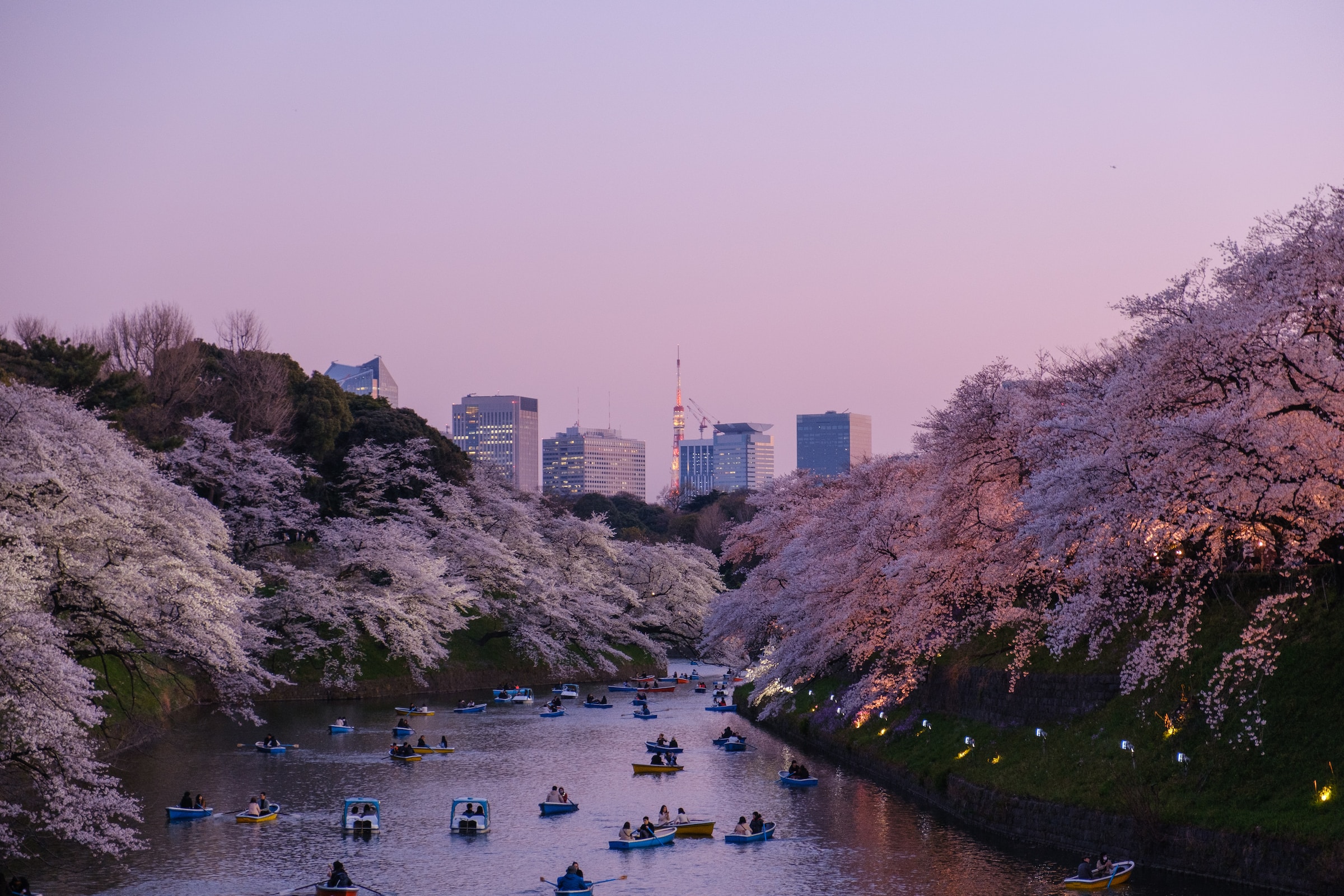
And then there’s the intricacies of Japanese social hierarchy and protocol, intricacies lost on most foreigners, even those who’ve lived in Japan for many years, and which, arguably, have no analogue in any other culture. Couple this with Japan’s unique pop culture creations like Harajuku fashion and anime, and it’s not difficult to conclude that Japan truly does constitute a unique, exceptional country among the world’s nations.
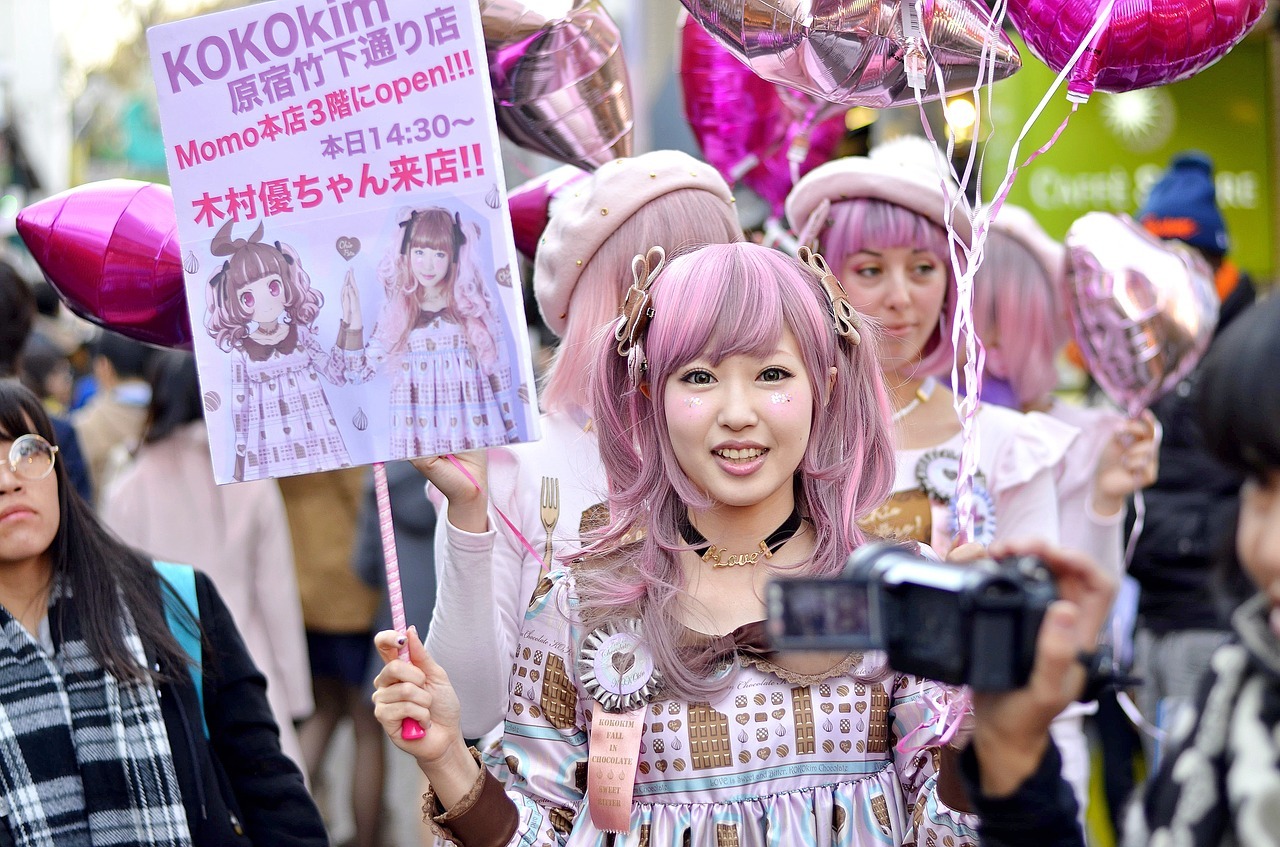
Harajuku fashion
How much of Japan’s purported exceptionalism comes down to nationalistic bias, though? In Hegemony of Homogeneity: An Anthropological Analysis of Nihonjinron (now a landmark book on the subject), Harumi Befu, emeritus professor of Anthropology at Stanford University, argued that not only do concepts of Japaneseness change with time, the frame of the questions about it changes too. Before the Meiji Era, when Japanese nationalism was unchallenged, Japanese sought confirmation of exceptionalism (“We are so splendidly exceptional, aren’t we?”). After World War II, the question became not one of confirming an identity, but of salvaging it (“What about us is worth keeping?”). Ultimately, nihonjinron is an ever-shifting abstraction that is sustained more by belief than anything else, and most closely resembles a secular religion, and can be sustained by virtually any evidence.
Ultimately, nihonjinron is an ever-shifting abstraction that is sustained more by belief than anything else, and most closely resembles a secular religion.
Perhaps a more relevant discussion is how beneficial it is for Japan to see itself as exceptional. The relentless quest to define Japaneseness deepens the notion that it’s aloof from the rest of the world. Believing in cultural uniqueness is fine. Believing oneself and one’s nation to be different, even especially different, is fine too. Taking pride in one’s heritage and the contributions of one’s nation to the world is fantastic. But certain elements of nihonjinron that portray Japan as unfathomable to outsiders are absolutely unhelpful, and only contribute to an unnecessary estrangement between Japan and the rest of the world.
The rest of the world needs to stop mystifying Japan, and Japan needs to start recognizing that it has more commonalities with other countries than differences. After all, much like how many parents think their kids are exceptional, a stubborn belief in its own exceptionalism is one of the most unexceptional traits for a country to have.
